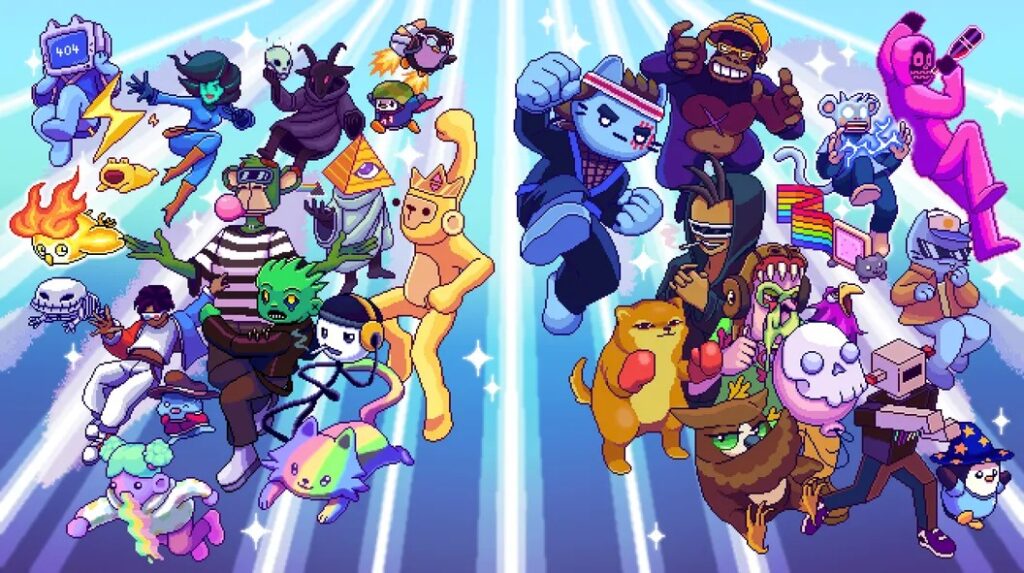In a digital world that is developing at breakneck speed, the intersection of games and blockchain offers many exciting potentials. The games we play exist under the influence of centralized platforms. Putting games on the blockchain sounds good in theory, but have you wondered why? In this article, let’s dig deeper into the problem: Why bring games to the blockchain?
Designed for creativity
Some games prolong engagement by providing creative users with tools to create new content (UGC – User Generated Content). The two most important UGC resources – mods and open economy – are key to placing games on the blockchain.
Mods
Mods allow external developers to implement content beyond what was originally developed by the game’s original developer. Some games like DoTA, LoL, PUBG have appeared from modded versions of other games. Other games, like Roblox, have gone from just being games to being mod development platforms. While game developers often focus on production value, the modder community offers variety and freshness: similar to the difference between Netflix and YouTube.
Minecraft is an excellent example. Simple game structure facilitates exploration. Mods that expand that structure can be combined into entirely new experiences. Many popular Minecraft servers are no longer what they were.
However, even Minecraft has a limit: players cannot contribute new mods to existing servers. They must start a new server to introduce the changes. As a result, the Minecraft “universe” is fragmented into many separate servers, most of which do not interact with each other.
There’s a reason most modern games implement mods like Minecraft through the concept of creating new servers instead of existing ones. The difficulty is ensuring player-contributed code is compatible with the rulesets. Updating rules can break mods built on top of them.
However, creating new servers leads to fragmentation. Each mod creates new servers that compete with all other servers for player attention. Modders can’t just ask what’s cool about adding a world, they need to ask if a change is worth creating new servers around.
Consider that many potential mods may only make sense as additions to an already existing world. For example, let’s say you run a restaurant in a certain Minecraft server and want to add a new item to the menu. It doesn’t make sense to start a new server to do that, since you also need to convince all your players to move there, and they probably won’t because they already have their own commits in the current server .
Game worlds that are fragmented lose their ability to expand in an incremental way.
Open Economy
The in-game economy is one-way with endless potential for player creativity. Let’s look at EVE – the first game to hire full-time economists on its development team – as an example of an academic network.
EVE players themselves have been reviewing and commenting on the game for over two decades not because of new content from the developers, but because of the rich social and economic world that other players create.
However, EVE’s economics also have some significant limitations:
- Fundamental in-game resources: Any transactions outside the set of fundamentals defined by the developer (e.g. loan agreements) must rely on an informal, non-enforceable network of trust .
- Legal constraints: Due to compliance headaches, most games (including EVE) simply block players from exchanging any in-game assets or services for real money. Games that allow this will have onerous terms and must maintain large departments.
Onchain games
There are many forms of games on crypto. Let’s focus on the main type that games are aiming for: fully onchain game – A game that is completely on-chain, a game where the state and game logic are completely on open smart contract platforms.
Importantly, game mods on the blockchain can be freely deployed as private contracts alongside the underlying game code. And users choose to participate in mods by choosing it themselves (rather than administrators deciding for them).
So, why do we put games on the blockchain?
- Composable creativity: Players can add mods to the onchain game without asking for permission or losing the integrity of the state. Smart contract and infrastructure developers are familiar with the challenges of allowing players to freely upload code: security testing, access control, resource metering, and more. Meanwhile, traditional games are ill-suited to this environment and are unlikely to improve their structures to support the addition of mods with combinable capabilities.
- Permissionless open economy: Instead of being limited to a set of game rules defined by the developer or having to rely on informal and unenforceable agreements, players can use smart coin to create the game’s economy. Furthermore, players retain ownership of in-game assets, reducing compliance complexities.
The combination of openness and a permissionless economy is what can create a thriving onchain gaming world. Modders will take simple rule bases and expand them with new mod content. They will have access to real money, access to DeFi markets, and freedom to experiment. As a result, the economics can be very complex and encourage cumulative content creation. Once there is money to be made, activity can explode, following a cycle of experimentation that has also spawned other cryptocurrency application ecosystems.
Technical limitations
The usual reason why there are no famous onchain games yet is that the technical infrastructure is not ready, so most games are stuck at the idea stage: simple gameplay, buggy client, Limited participation from players and mod developers.
Current infrastructure and development tools are limited. In particular, the EVM (Ethereum Virtual Machine) environment is slow, current Solidity data models are not conducive to complex game development, and no mainnet chain is a reasonable deployment target for games (due to cost). high and low scale).
Luckily, there are solutions to most of these problems. Progress in scaling and cost reduction is well understood by most of the cryptocurrency community. There are many teams working on specific infrastructure for the game. For example, Lattice is developing a Solidity framework and compatible tools (indexing tools, state synchronization, etc.) that can simplify EVM game development. Other teams, such as Dojo, Argus and Curio, are also working on infrastructure platforms.
There are several characteristics of licensing that make it difficult to support a stable game design structure:
- Incomplete information: This is an important element in many games. However, current solutions create unacceptable things, for example, DarkForest’s technology uses data encryption techniques of war but causes hardware configuration races.
- Automation and Combination: Absolutely impossible to prevent. Bots cannot be distinguished from real players and players cannot be guaranteed uniqueness. Developers need to build games so that they are not affected by the use of bots or multiple accounts.
- Ticking: Blockchain works by processing transactions asynchronously. Most traditional games are built around tick-based loops that are independent of player interactions.
Most traditional games have already identified and addressed these problems. Traditional games make it possible to maintain complete control and make decisions while playing.
Issues that need to be resolved
Here are some important issues that may require careful consideration:
For Players
- Security: In a world constantly attacked by bots and scalpers, security is an important issue. Is there any way to prevent player assets or rights from being lost without developer intervention?
- Automation & Combination: How to ensure that smart contracts cannot be exploited by bots and combinations, while still maintaining game integrity?
- Communities & Territories: In a world with rules controlled by code, how do we ensure that players can organize into communities and territories and define their rights in the game?
For Developers
Contracts & Rules: How to ensure that the game’s rules do not depend on the developer, but on the smart contract and game rules?
For the Community
Weighing player interests & innovation: How to align specific player interests and innovation, while still maintaining consideration and progression of the game?
Opportunity
Onchain games open up a series of opportunities for the gaming industry and the player community. Here are some potential opportunities:
- Ability to earn real money: Players can earn real money through in-game transactions and managing their virtual assets. This can create an open economic ecosystem, providing earning and growth opportunities for many people.
- Player Creativity: The ability to add mods and create new content will lead to great creativity from the player community, opening up many diverse and enriching experiences.
- Custom Rules: Developers can design games with custom rules defined by smart contracts that allow players to interact the way they want.
- Blockchain Integration: Blockchain can be integrated to ensure integrity and security, as well as create an open economic ecosystem in the game.
- Fairness and Accumulation: Onchain games can create a fair and cumulative environment, where players have the opportunity to compete fairly and be rewarded for their achievements.
Conclude
Whether games are entirely on the blockchain or not, the models they promise to create – especially those created through the incorporation of mods – can spur innovation in traditional game design.
Onchain gaming is a potential field with many opportunities and challenges. Although there are still many technical and design issues that need to be resolved, advances in blockchain technology and the focus of game developers are giving hope for a potential future for the genre.






